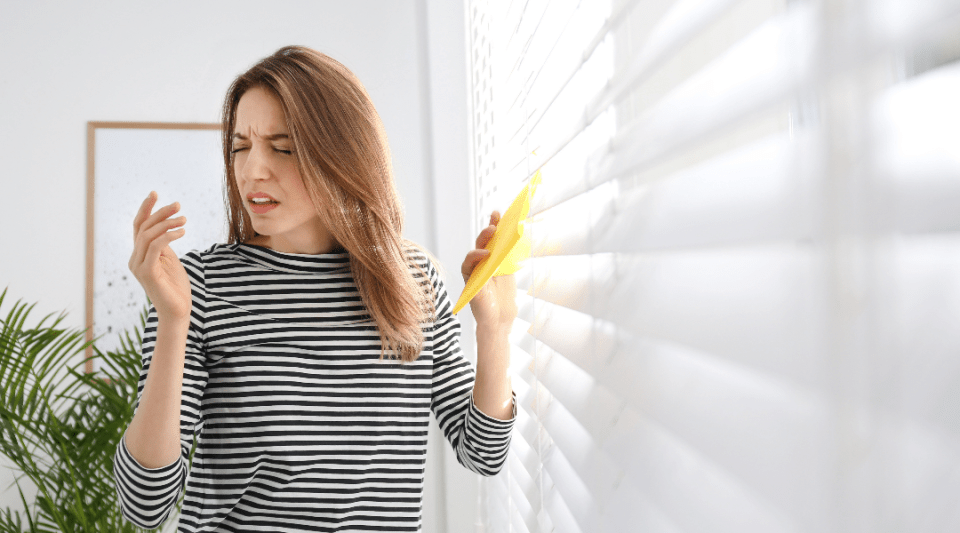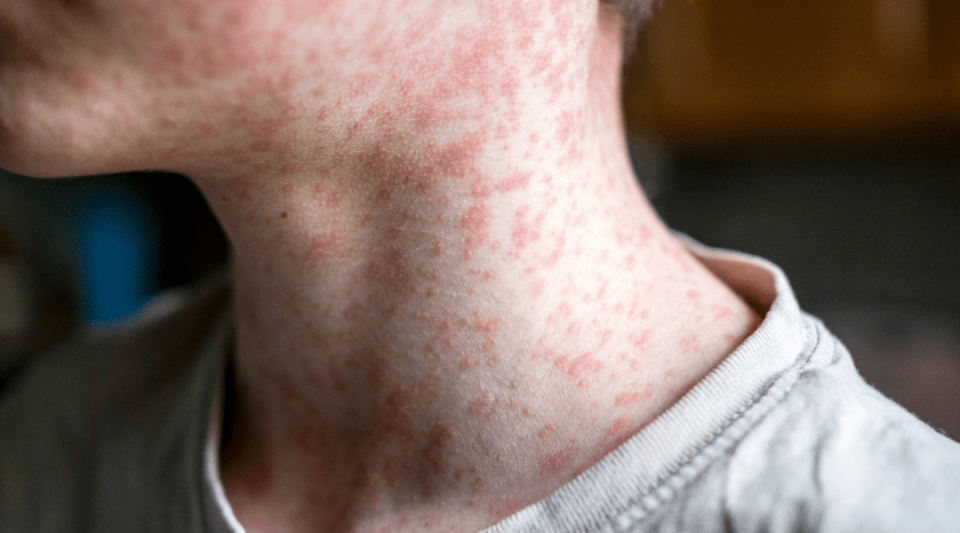People allergic to dust mites have symptoms throughout the year, but these symptoms become stronger during the changes of season, spring and autumn. This occurs partly due to an increase in humidity.
The usual symptoms are rhinitis, sneezing and nasal congestion, especially in the morning or when going to bed. However, they may also have bronchial asthma with a shortness of breath, wheezing or a cough.
This allergy has different symptoms depending on the humidity in the geographical area. For example, a patient who lives in a dry environment like Madrid will hardly show any allergy to dust mites. So, although people talk about an allergy to dust (or dust mites), mites are present not only in dust and their proliferation depends on temperature and humidity; being especially favourable above 55% humidity.
Meanwhile, people allergic to fungi throughout the year have symptoms of rhinitis or bronchial asthma in more humid climates or near the coast. Therefore, a person’s allergy can be accentuated, especially at the beginning of autumn in sultry or rainy weather. This can also occur in places such as cellars, basements or rooms with poor ventilation, as more fungi can accumulate there.
How to prevent allergies to dust mites and fungi
Mites are found in the bedroom, especially in the bed, because they feed on the skin that we shed. One of the most common mites are Dermatophagoides (from derma-skin; phagos-to eat). Any fabric is always more susceptible to accumulating mites than a smooth surface. These are the main recommendations to prevent the presence of mites:
-
Use anti-mite pillow covers, with pores smaller than 10 microns.
-
Wash bedding at a temperature of at least 55-60ºC and change it at least every 10-14 days
-
Open the windows and ventilate rooms on dry days.
-
Use dehumidifiers to bring the humidity of the environment to less than 55% RH.
-
Remove carpets and rugs from the bedroom and reduce the number of stuffed animals.
To try to reduce exposure to fungi inside the home, you should:
-
Ventilate dark, damp areas of the house,
-
Use anti-mould paint and fungicides in places that tend to get damp.
-
Avoid indoor plants and dried decorative flowers.
-
Clean the kitchen and bathroom with antifungal products, such as bleach.
-
Throw out rubbish containing food waste as quickly as possible.
-
Never store wet clothes or shoes in a closet or in poorly ventilated areas.
Also, when doing activities outside, you should do the following:
-
Check spore levels periodically.
-
Avoid approaching dead or decomposing vegetation and do not move piles of fallen leaves on the ground.
To conclude, you should remember that these measures will be effective only if carried out all together; as it is difficult to see the benefits of any of them alone. If you want to treat the cause of one of these allergies, make an appointment with an allergy specialist to establish comprehensive treatment.






